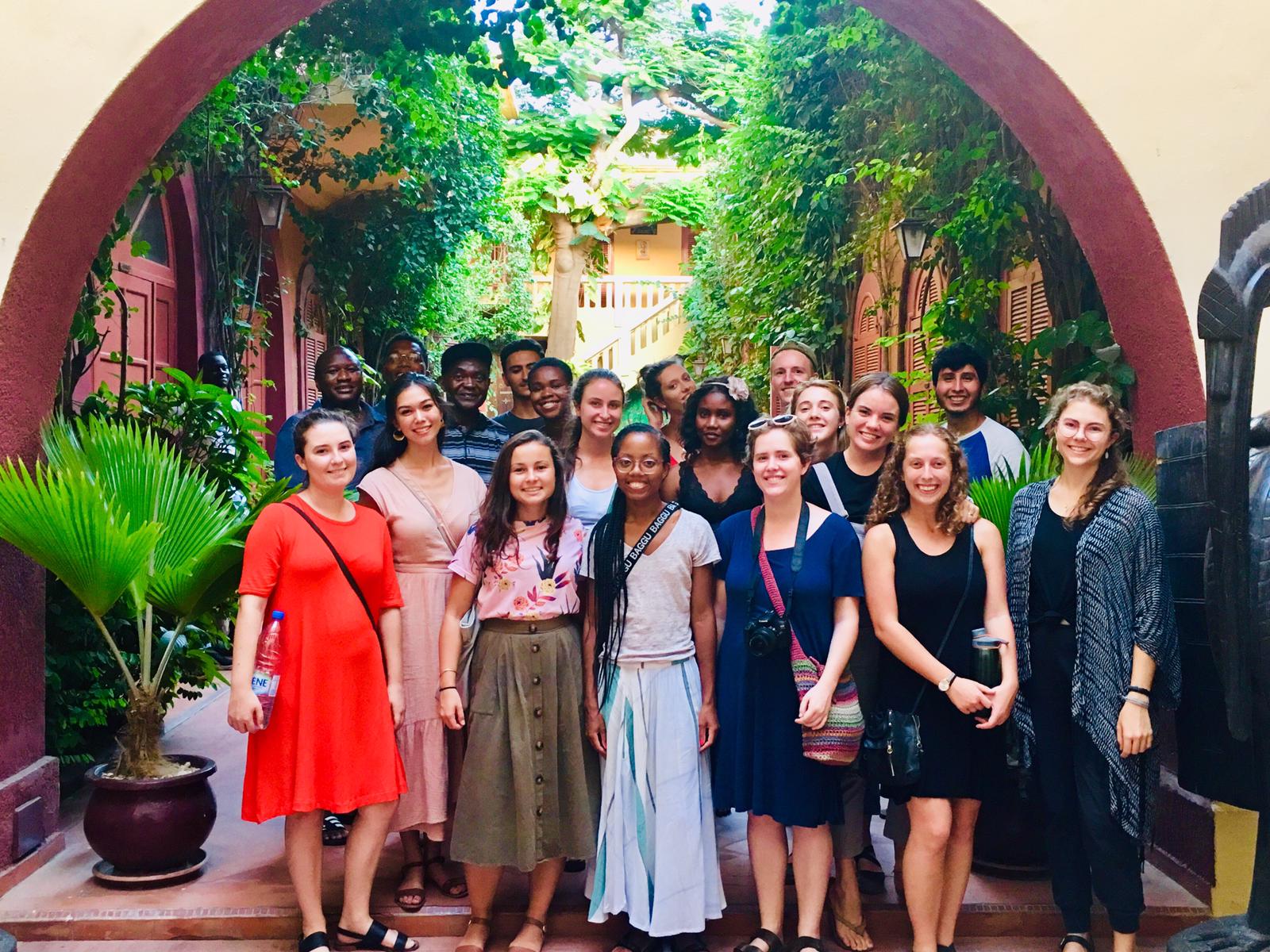Genghis Khan of Chinggis Khaan?
I've been going on and on for awhile now about Mongolia and my experiences there. I figure it's time for some medieval history of
(All creds to history of japan).
But first, it's time I address the long absence. Let's recap:
(All creds to history of japan).
But first, it's time I address the long absence. Let's recap:
- Henry got very sick. Then Liam did. Then Sarnai, Ella, and I did. It wasn't a fun week.
- To celebrate Children's Day, a national holiday – which I really think we should acknowledge in the U.S. – we traveled to Tsatsral's place in the countryside. After traveling for three hours (it would've taken 30-40 minutes without traffic), we finally got there. I was feeling the worst this day and spent the time sleeping – for four hours. Everyone else hiked to the top of a large hill and took gorgeous photos. I woke up and it was time to go.
- On Sunday we went to the mall, where Liam threw up. Apparently the worst was not over. It was also an extremely nice, upscale mall. It had Vietnamese, Mongolian, American, Japanese, and Turkish food, three nearly complete dinosaur skeletons (Mongolia is a treasure trove for dinosaur bones), and an ice-skating rink.
- I edited a 25+ page grant proposal, which was a lot of work but really fun. I'm glad I got the opportunity to help out.
- On Sunday evening we went to the river, where we played cards. I contend that this is one of the best card games. I asked Ella what its name is in Mongolian. She told me. I asked her what that meant in English. She replied "Cards."
- Ella and I visited our aunt/uncle's art studio. She paints, he sculpts. I attempted to sculpt a camel. Judge on your own if I succeeded.
What's in the future?
- I really really want to visit Naran Tuul aka "The Black Market," which is really more of a sketchy flea market.
So what's up with the Mongols?
When we were preparing for our descent into Ulaanbaatar, we were told to fill out entry cards as foreigners. With the whole family asleep, I was left to fill out the cards. I stared blankly down; there were spaces for both "family name" and "last name." Were they supposed to be different? I hurriedly decided to just write our last names in both spots. Ella later explained that they have a last name (your father's first name) and a family name – a tribal name. Mongolia is ultimately composed of several nomadic tribes united together. The most common family name is that of Chinggis Khaan's. Ella said people make that up because every Mongolian wants to be related to Chinggis.
I purposefully say Chinggis Khaan (the 'k' in khaan is silent), not Genghis Khan, because that is the more accurate pronunciation of the name. At some point the West universally adopted Genghis Khan as the correct spelling and pronunciation. When I first traveled to Mongolia at age 11 I naïvely asked who Chinggis was – I had heard of Genghis, but who was this guy?
Nomadic groups inhabited the area until several states were created, then fell apart from 200 BC to 1100 AD. Temujin (Chinggis's original name) conquered the three mergids, a tribal coalition, then went on to conquer more Mongolian tribes until he controlled all of the Mongolian steppe (accomplished by 1206) He used the alphabet of the Uigurs to create a Mongolian written language – now Mongolian traditional script. From there, the Mongol empire was created, which, at its height, covered all most all of Asia, Russia, the Middle East, and Eastern Europe.
Credits to Wikipedia's User:Astrokey44.
The term Pax Mongolica, modeled after Rome's Pax Romana, is used to describe the stabilizing effect the Mongolian Empire had across Europe and Asia. Codes of law were put in place and all of the Silk Road came under Mongol control.
According to several accounts, a common saying was that "A maiden bearing a nugget of gold on her head could wander safely throughout the realm" (Morton & Lewis China: Its History and Culture).
A capital city, Karakoram, was created in the Mongolian steppe. It is particularly notable for its large degree of religious tolerance – there were twelve Buddhist temples, two Muslim mosques, and one Christian church. The capital was later moved to Khanbaliq (commonly written as Cambaluc, according to Marco Polo's travels), now modern-day Beijing. In 1271, the Mongolian Empire broke apart into four khanates as lines of succession blurred and there was infighting among grandsons of Chinggis, at times leading to civil wars. By 1368, the Mongols had been expelled from China entirely.
Today, Chinggis Khaan remains a huge source of national pride for Mongolians. His name is frequently used in advertising products and services, a large central square in Ulaanbaatar is named after him, and he is featured as a 130-foot-tall statue near the Tuul river, not far from UB.










Comments
Post a Comment